Picking Sesame Seeds – Learn How to Harvest Sesame Seeds

Have you ever bitten into a sesame bagel or dipped into some hummus and wondered how to grow and harvest those tiny sesame seeds? When are sesame seeds ready for picking? Since they are so tiny, picking sesame seeds can’t be a picnic so how is sesame seed harvest accomplished?
When to Pick Sesame Seeds
Ancient records from Babylon and Assyria have attested that sesame, also known as benne, has been cultivated for over 4,000 years! Today, sesame is still a highly valued food crop, grown for both the whole seed and the extracted oil. A warm-season annual crop, sesame is drought-tolerant but does need some irrigation when young. It was first introduced into the United States in the 1930’s and is now grown in many parts of the world on over 5 million acres. All very interesting, but how do growers know when to pick sesame seeds? Sesame seed harvest occurs 90-150 days from planting. Crops must be harvested prior to the first killing frost. When mature, the leaves and stems of sesame plants change from green to yellow to red. The leaves also start to drop from the plants. If planted in early June, for example, the plant will begin dropping leaves and drying out in early October. It still isn’t ready to pick, though. It takes a while for the green to disappear from the stem and upper seed capsules. This is referred to as ‘drying down.’
How to Harvest Sesame Seeds
When ripe, sesame seed capsules split, releasing the seed which is where the phrase “open sesame” comes from. This is called shattering, and until fairly recently, this characteristic meant that sesame was grown on small plots of land and was harvested by hand. In 1943, development of a high yield, shatter resistant variety of sesame began. Even as sesame breeding has soldiered on, harvest losses due to shattering continue to limit its production in the United States. Those intrepid souls who do cultivate sesame seeds on a larger scale generally harvest the seed with a combine using an all crop reel head or a row crop header. Given the tiny size of the seed, holes in combines and trucks are sealed with duct tape. Seeds are harvested when they are as dry as possible. Due to the high percentage of oil, sesame can turn quickly and become rancid. So once harvested, it must move quickly through the sales and packaging process. In the home garden, however, the seeds can be collected prior to splitting once the pods have turned green. They can then be placed into a brown paper bag to dry out. Once the pods are completely dry, simply break up any seed pods that haven’t already split open to collect the seeds. Since the seeds are small, emptying the bag into a colander with a bowl beneath it can catch them as you remove the leftover seedpods. Then you can separate the seeds from chaff and store them in an airtight container in a cool, dark location until ready to use.
Gardening tips, videos, info and more delivered right to your inbox!
Sign up for the Gardening Know How newsletter today and receive a free copy of our e-book "How to Grow Delicious Tomatoes".

Amy Grant has been gardening for 30 years and writing for 15. A professional chef and caterer, Amy's area of expertise is culinary gardening.
-
 Looking For Plants To Give You The Soft And Fuzzies? Try These 5 Fuzzy Leaf Plant Options
Looking For Plants To Give You The Soft And Fuzzies? Try These 5 Fuzzy Leaf Plant OptionsLovers of texture, drama, silver foliage and tactile plants will adore these special sensory garden additions. These fuzzy leaf plant options will leave you all aglow
By Susan Albert
-
 Get Ready For A Summer Of Hummers! Grow These Full Sun Hummingbird Plants and Flowers
Get Ready For A Summer Of Hummers! Grow These Full Sun Hummingbird Plants and FlowersIf you’re lucky enough to enjoy a sunny backyard, make sure you are maxing out on your pollinator opportunities and grow these full sun hummingbird plants and flowers
By Tonya Barnett
-
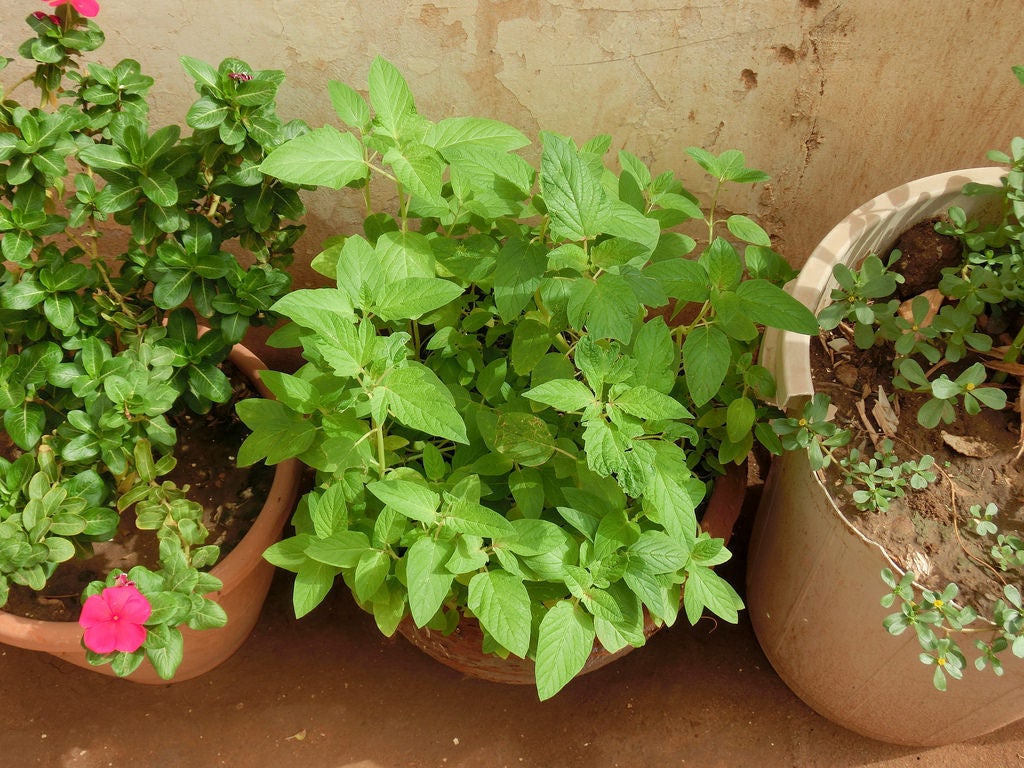 Container Grown Sesame – Learn About Growing Sesame In A Container
Container Grown Sesame – Learn About Growing Sesame In A ContainerSesame in pots grown on your patio or balcony will not give you a huge harvest of seeds, but it’s still worthwhile. You can get about 70 seeds per pod and multiple pods on one small plant. And it is a pretty plant too. Click here to learn more about potted sesame plants.
By Mary Ellen Ellis
-
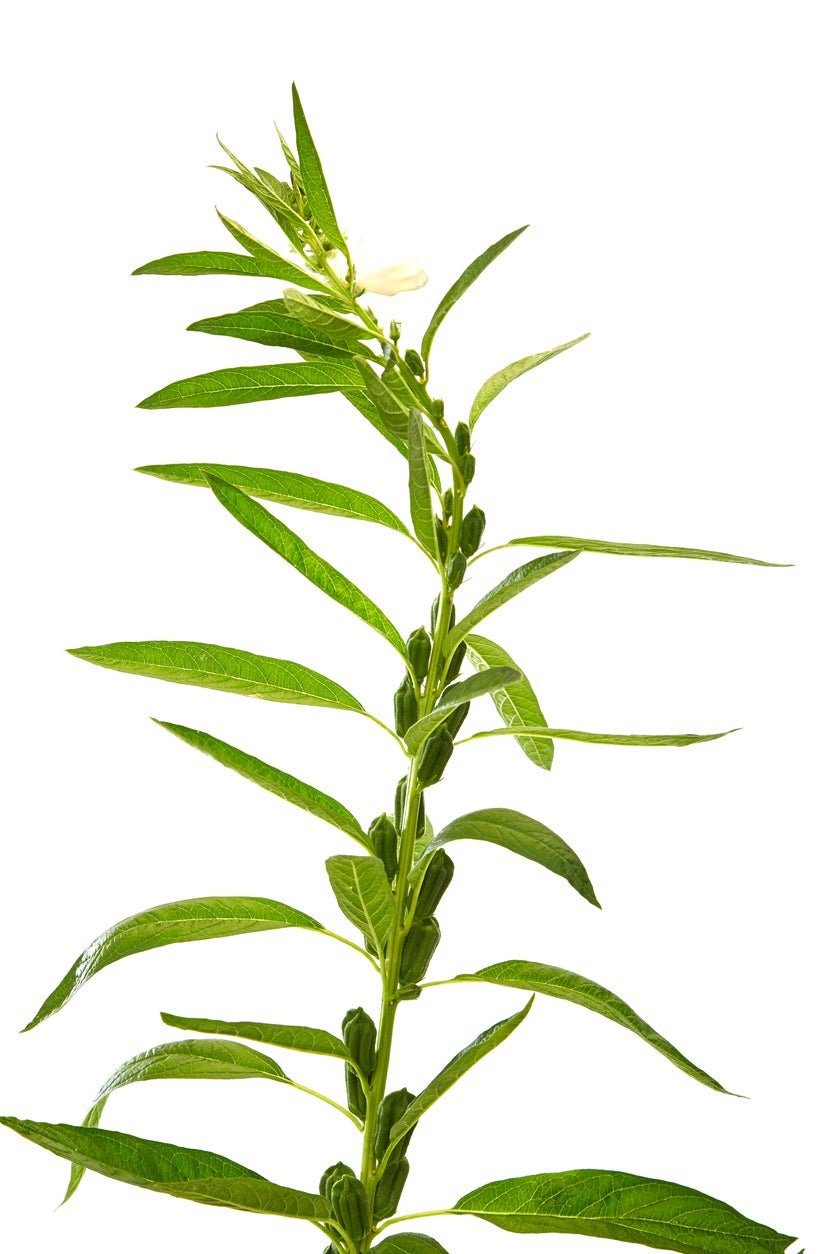 Sesame Plant Diseases – How To Treat Problems With Sesame Plants
Sesame Plant Diseases – How To Treat Problems With Sesame PlantsSesame plant diseases are not common but can cause widespread crop loss when they occur. Most of the diseases of sesame are fungal or bacterial and are easy to avoid with good cropping practices. Here is an overview on sesame diseases and how to manage them.
By Bonnie L. Grant
-
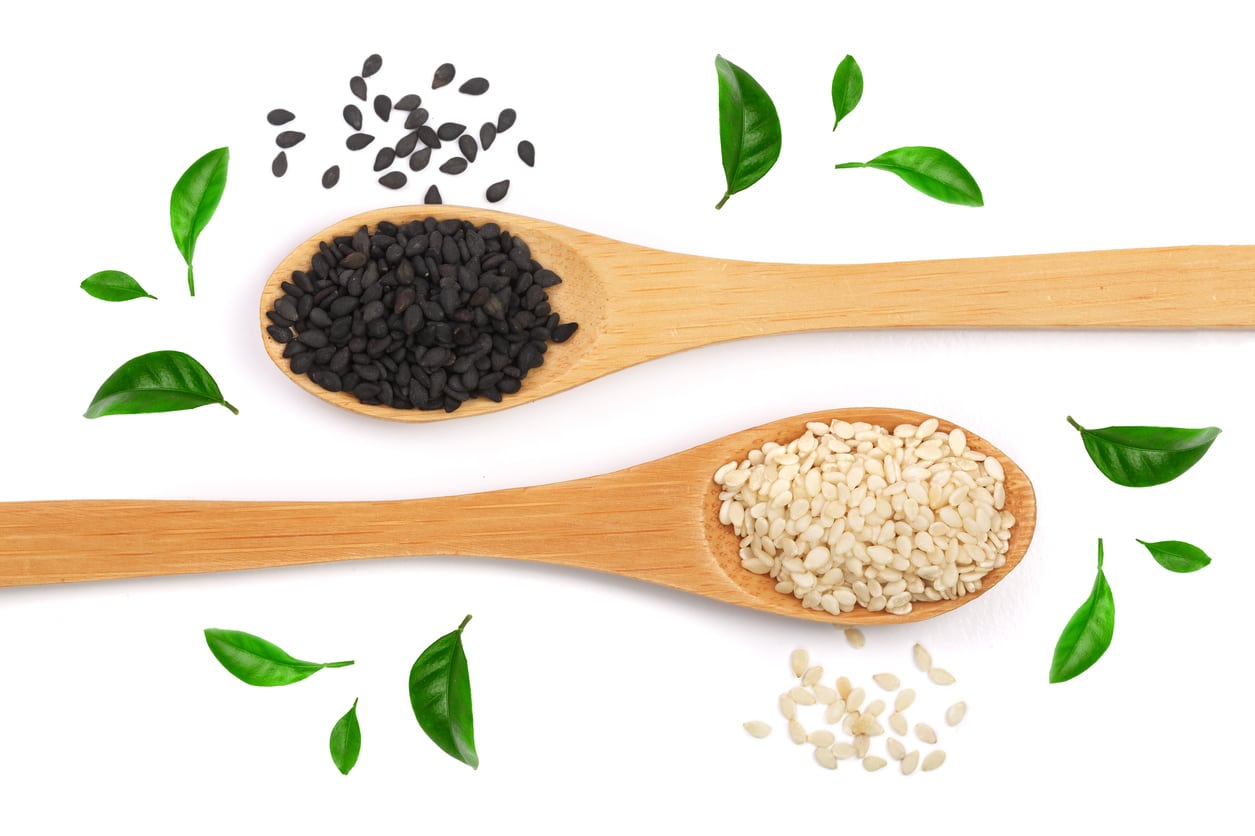 Sesame Seed Benefits – Should You Be Eating Sesame Seeds
Sesame Seed Benefits – Should You Be Eating Sesame SeedsThe benefits of sesame seeds seem to go beyond adding fiber and nutrition with a tasty crunch. Sesame seed benefits have been found to possess many other possible uses too. Click on the following article to learn more about how sesame seeds can be good for you.
By Bonnie L. Grant
-
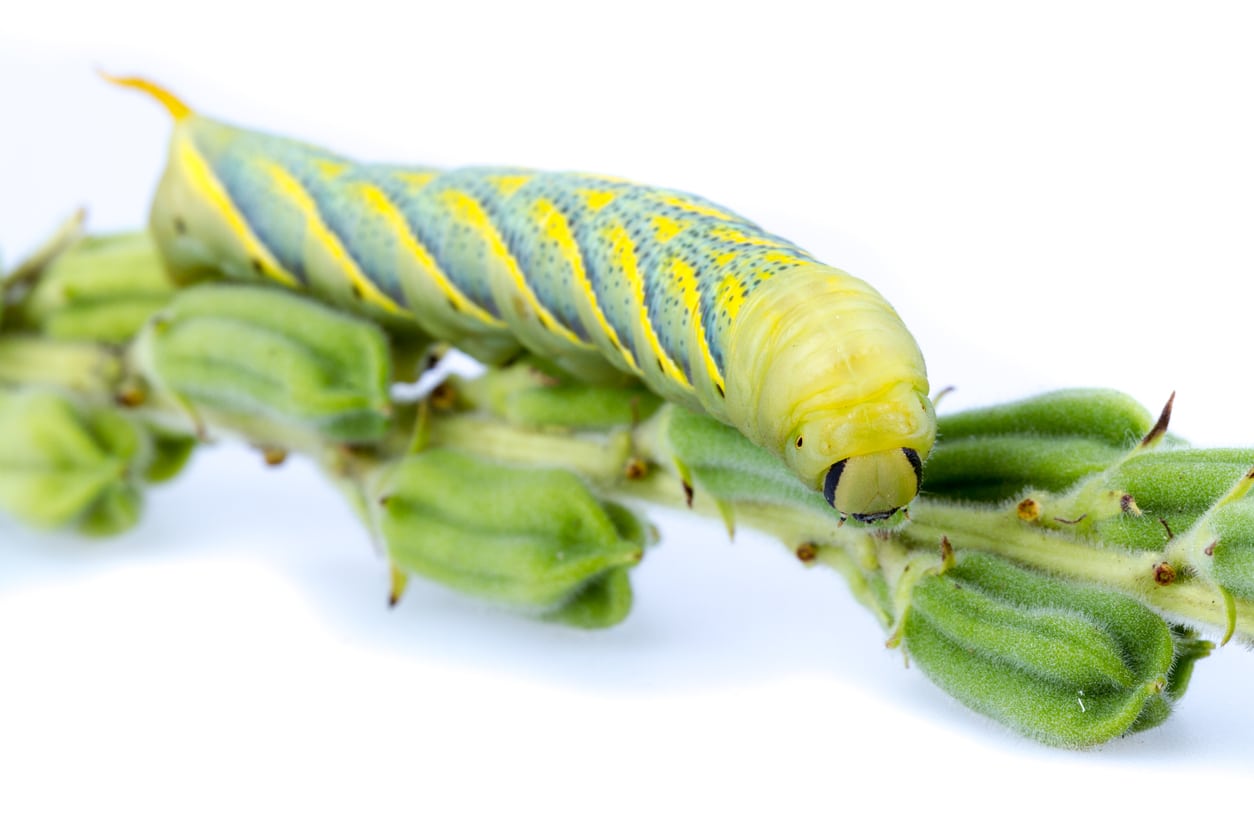 Sesame Pest Control – How To Kill Bugs That Eat Sesame Plants
Sesame Pest Control – How To Kill Bugs That Eat Sesame PlantsAlthough sesame is a relatively hardy plant, it can be bugged by a number of insect pests. Learn about pests of sesame in this article. We will also provide tips on how to cope with sesame pest problems in the garden. Click here for more information.
By Mary H. Dyer
-
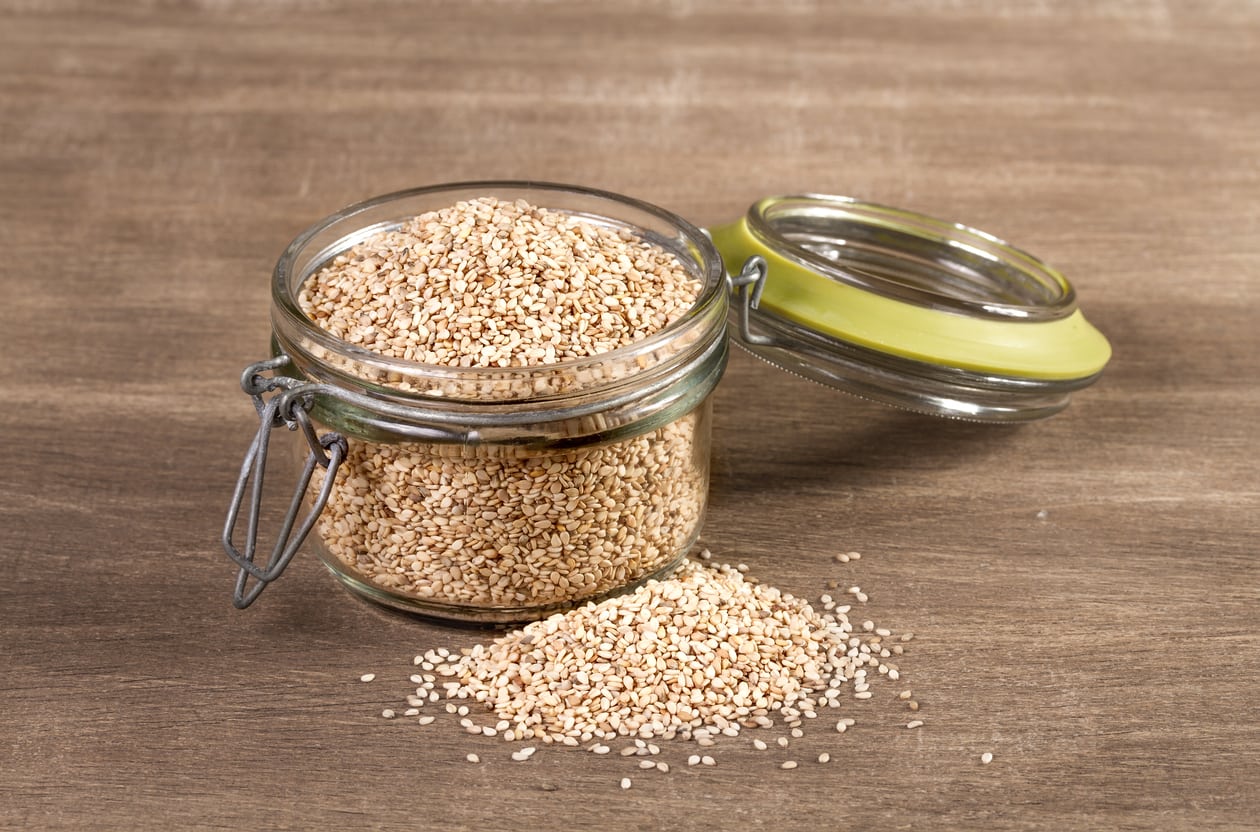 Sesame Seed Drying – How To Dry Sesame Seeds From Your Plants
Sesame Seed Drying – How To Dry Sesame Seeds From Your PlantsEverybody likes sesame seeds on bagels, sushi and stir-fries, and the tiny seeds can also be ground into sesame oil and tahini paste. If you’ve got a garden, you may like to start growing your own. Click this article for tips on drying and storing sesame seeds.
By Teo Spengler
-
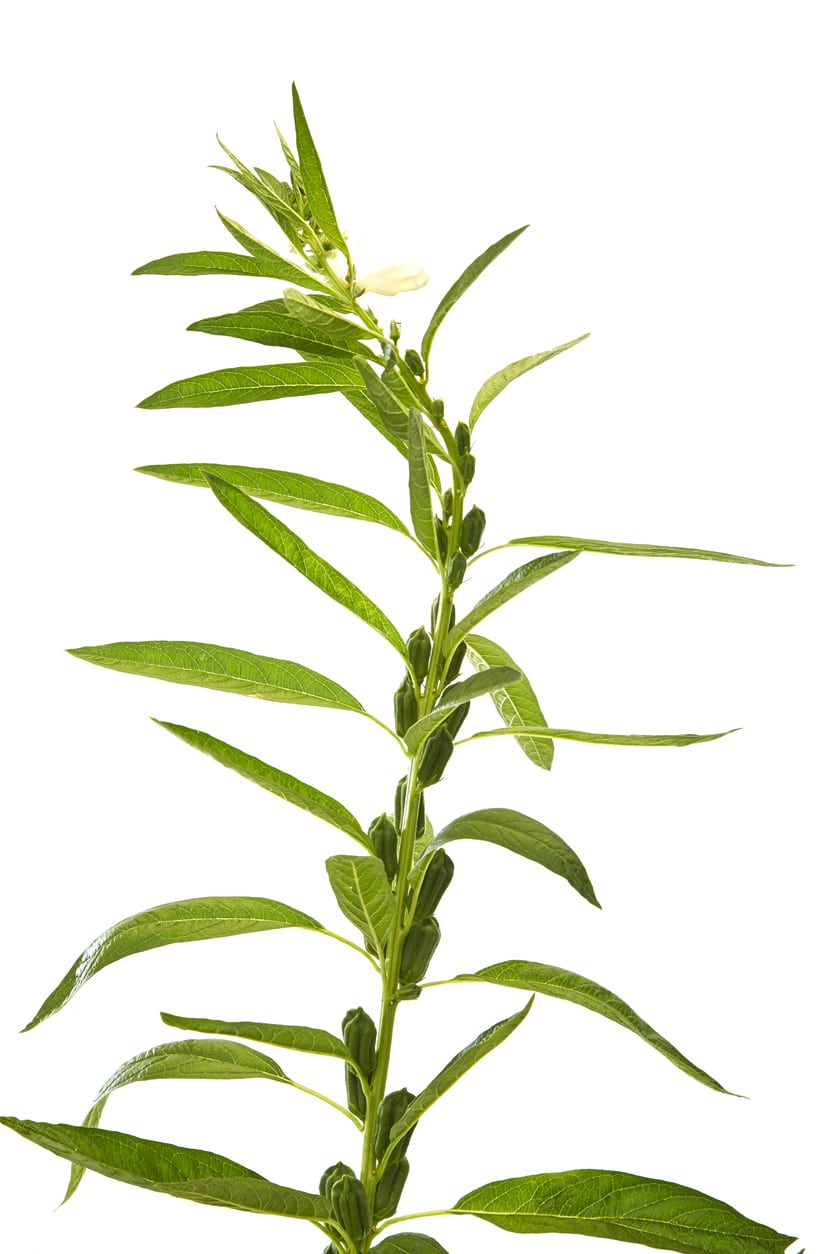 Ailing Sesame Plants – Learn About Common Sesame Seed Issues
Ailing Sesame Plants – Learn About Common Sesame Seed IssuesGrowing sesame in the garden is an option if you live in a hot, dry climate. Sesame thrives in those conditions. Care is largely hands-off, but there are some occasional issues you may face with growing sesame. Click this article to learn more about potential sesame seed issues.
By Mary Ellen Ellis
-
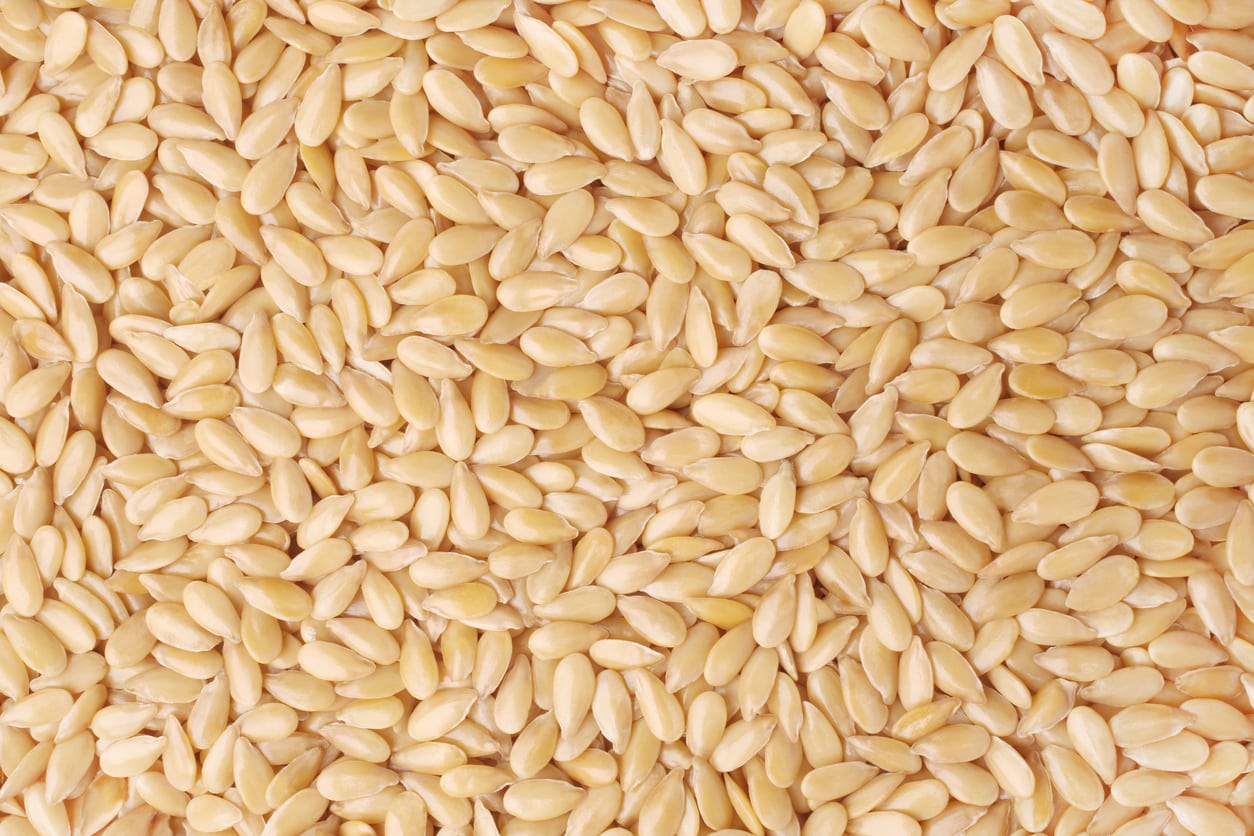 Sesame Seed Propagation: Learn When To Plant Sesame Seeds
Sesame Seed Propagation: Learn When To Plant Sesame SeedsSesame seeds are tasty and a kitchen staple. They can be toasted to add nuttiness to dishes or made into nutritious oil and a delicious paste. If you love growing your own food, consider growing sesame from seed for a new and rewarding challenge. This article will help.
By Mary Ellen Ellis
-
 Sesame Plant Seeds: What Is Sesame Used For
Sesame Plant Seeds: What Is Sesame Used ForIf all you know about sesame seeds is from eating sesame seed hamburger buns, then you’re missing out. Sesame plant seeds have numerous uses far beyond that burger. So what else can you do with sesame seeds? Click here to find out how to use sesame seeds at home.
By Amy Grant